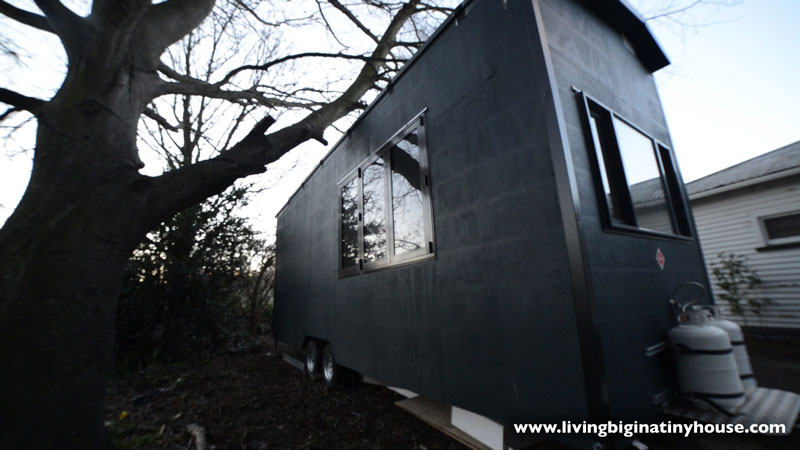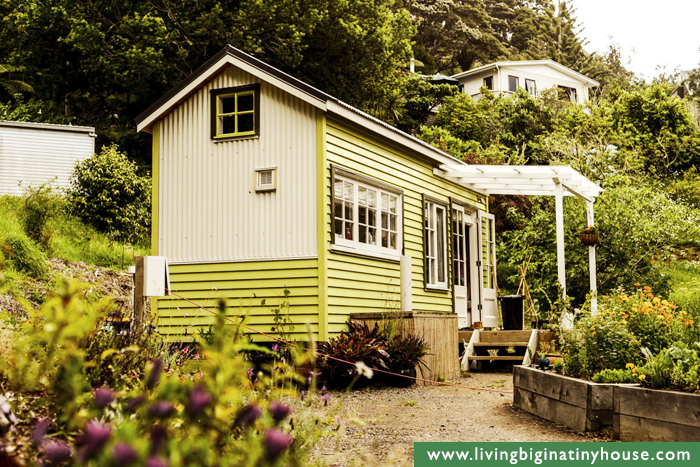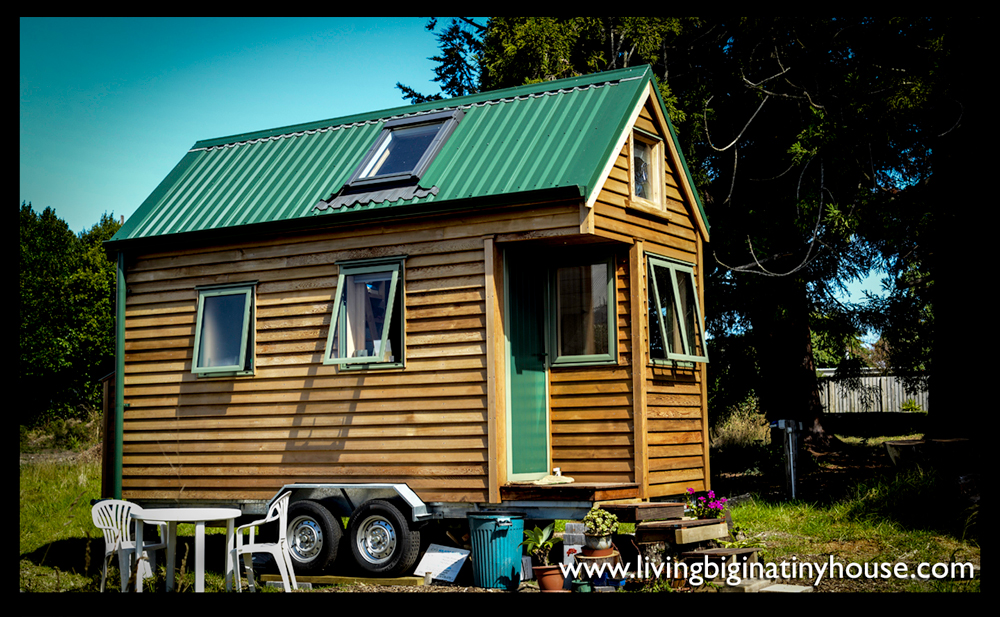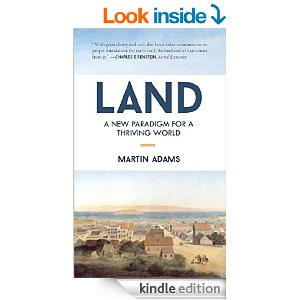The average price for an Auckland home is now just over $1 million. The media focuses, as they usually do, on how impossible it is nowadays for young people to buy a house, with a side mention of how difficult it is for nurses, service workers and teachers to buy a house, and how the Auckland problem is spilling over to the entire country. There has also been a great deal of publicity in the last six months about homelessness, with a marae in Auckland shaming the Government into action by opening its doors to the homeless for the winter.
But there is another big issue that is almost never mentioned – the lost potential public revenue from land rent. Land rent is what the occupier would pay to the public if the public owned the land. Many have explained that the rise in value of homes is really the accumulated land rent over that period. It is also called the capital gain or unearned windfall.
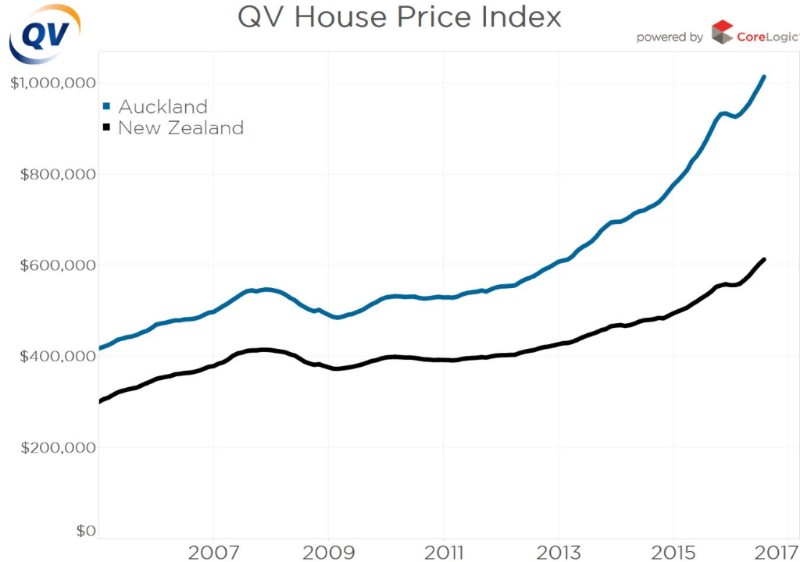
Recent figures from Quotable Values New Zealand allow us to work out the on-paper profit for our country’s homeowners and for Auckland’s homeowners. This of course is just on-paper, but because it represents their realisable assets it does allow homeowners to do other things e.g. borrow more for other purposes. This calculation acknowledges that the figures are the houses that are sold only. Houses sold in that period were more like one tenth of the housing stock. But if my neighbour’s house sells for $1million and ours is similar we know ours could sell for a similar price. Our house value is what a valuer would estimate or better still what the market would pay. Valuers value by looking at what did sell in the district and making comparisons. The bank recognises this as the value of our asset.
And the fact that I had a huge mortgage didn’t really make any difference. Supposing I only have $200k and buy a $900k house, selling it a year later for $1 million. I make a profit of $100k because my deposit of $200k was turned into $300k.
Let’s first take Auckland where the figures are the most dramatic.
House prices rose nearly 16% last year. The average uplift in Auckland house prices in that period was $138,781.
Since land values are created by the community around them, by the governments and communities that serve that site, the uplift belongs to the public purse. Rise in property prices are virtually all attributable to the rise in land prices. Schools, hospitals, infrastructure are built by government, central and local, and the private land owner reaps the profit. Businesses arrive, clubs start. Without a community around it, land has little value. (Even agriculture requires transport infrastructure. Land for conservation is usually publicly owned).
The total uplift for Auckland properties was 461,669 (the number of residential properties in Auckland Council) multiplied by $138,781, or $64 billion.

Now supposing this uplift was publicly captured month by month in the form of a full land rent, as it should be. What would the council do with it?
1. They could give half to the government straight away, leaving $32 billion.
2. They could put aside about $20 billion for infrastructure building and upgrading including rapid transit, and debt relief, leaving $12 billion still to be shared.
3. Sharing the rents is important. So the $12 billion could be given out as a Citizens Dividend to every man, woman and child in Auckland. The population of Auckland is about 1.58 million, making about $7,600 per person. For a family of five that would be $38,000.
That should help a few homeless families!
New Zealand homeowners are $138 billion richer than last year
There are at least 1,771,2000 residential homes in NZ (2013 census). The average uplift in NZ house prices was the difference between the Aug 2016 price and the August 2015 price, which as $78,196.
So multiplying these two, New Zealand homeowners on paper have assets worth about $138 billion more than last year. The tax take last year was $66.6 billion. So it is more than double the tax take. All this is privately captured when it really should be going to the state. In comparison to the $138 billion uplift for NZ, the GDP last year was about $170 billion.
However there are several political obstacles stopping us from applying these solutions in our current context:
• Aucklanders pay rates. However Auckland Council was introduced by legislation when amalgamation took place. This mandated that the rates were levied on capital values, thus requiring legislation for a change to rating system on land values. There is only miniscule awareness of this as a political issue.
• The viability these days of a centrally imposed land tax is not good, given the fact there are at least three bank lobbyists for every legislator and neoclassical economics is in full bloom. Nowadays the power of the landed and moneyed elite is so much greater in relation to the 99% than it has ever been.
• It has been legally impossible to impose land tax in NZ since 1992, though the PM seems not to know this because it was he that suggested putting a land tax on property bought by foreigners earlier in 2016. The idea died within a day or two. However this law could easily be reversed.
• No politician wanting to be re-elected would advocate a measure that was going to bring down house prices and leave homebuyers with negative equity. A 5-6% land tax would actually be for politicians and doing it gradually wouldn’t work either.
• Imposing a land value tax must go hand in hand with dropping of income tax so this has to be incorporated into the solution.
But all is not lost! The obstacles are not insuperable. Think about the untenable current situation of housing prices and its destructive consequences of widening the wealth gap. We have to start on other ground breaking solutions. Let’s be pioneering here.
A little history might give hope. New Zealand had a Liberal Government in the 1890s that imposed a land tax to break up big land holdings. Then it extended, but unfortunately it was at a higher rate per acre for large landholdings than for smaller ones, which was essentially unfair. This resulted in a new political party dominated by larger farmers. But land tax never reached more than 20% of the tax take, and income tax was gradually increased and extended. The same Liberal Government did however enact legislation to empower local government to hold a referendum where ratepayers could choose between land value rating systems and capital value. This was in place for 80 years and always resulted in the more equitable the public choosing land value rating systems. Cities like Wellington and Napier built on this rating system are compact.
If money buys lobbying power, then we have to be more strategic and try different tactics. This might point to governance reform giving much more power to local authorities and to even smaller governance units. Given that the banks have a vested interest in profiting from the buying and selling of land and from the private ownership of natural resources and infrastructure, a host of local innovative actions may be the surprise option. And this would require huge resistance from local communities that are determined to share land values and preserve natural resource values.
Maybe the old system should be left alone to collapse and die, and the new paradigm system reinvented at local level. We need to ask how land trusts can connect with localised governance units whose revenue is derived land and resource rents. But where would the money come from to buy the land? Maybe we need to create a local currency designed to circulate at an optimal speed. Maybe when there is surplus locally it can be steered from the periphery to the centre of government.
Certainly clever, innovative thinking is called for and it should be all hands on deck for that task!
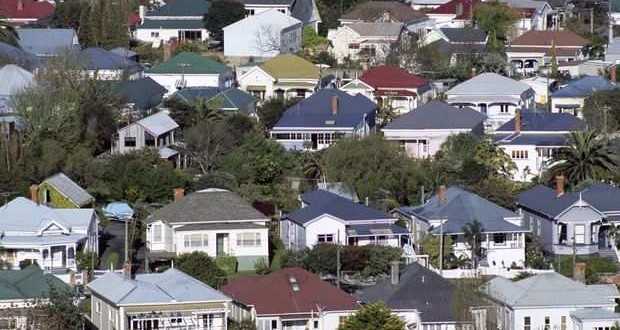 This week we had the extraordinary spectacle of the Prime Minister of New Zealand addressing his party Blue-Greens, claim that environmentalists push up the price of land.
This week we had the extraordinary spectacle of the Prime Minister of New Zealand addressing his party Blue-Greens, claim that environmentalists push up the price of land.



